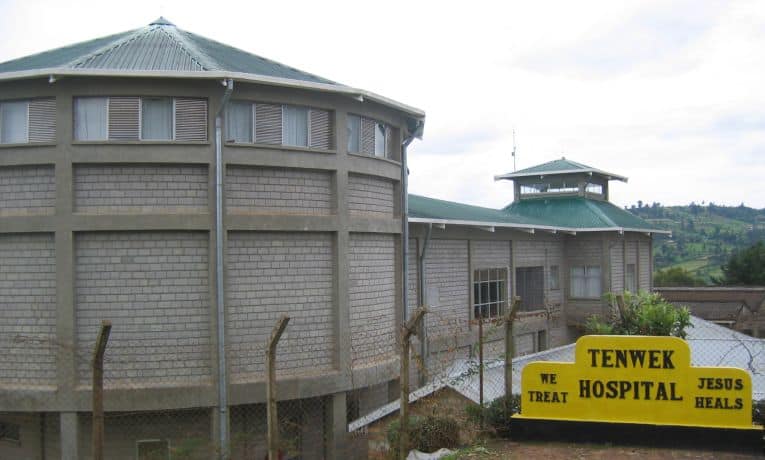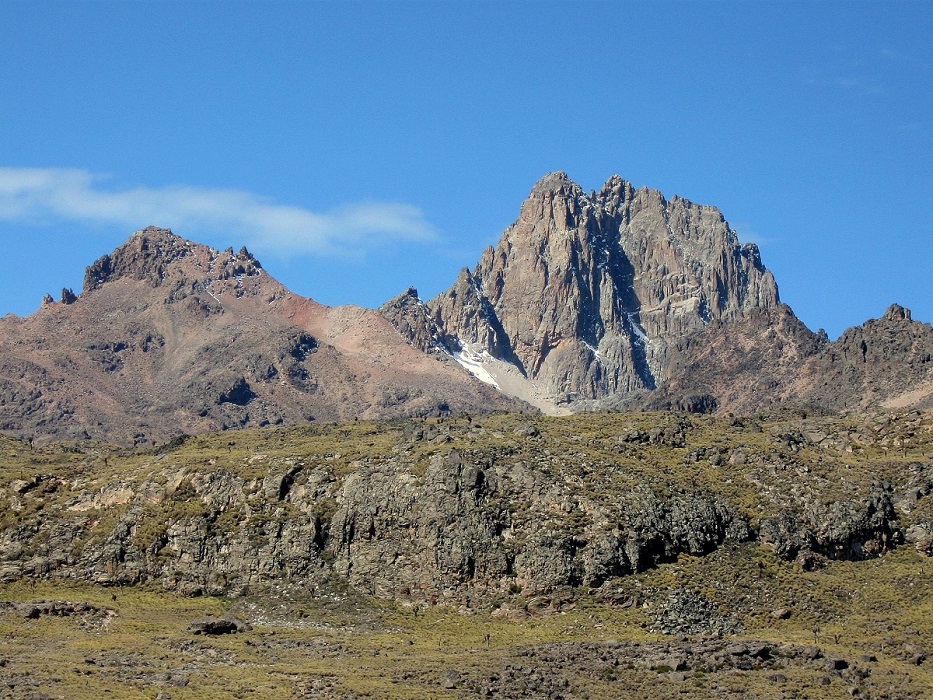Some names of places in Kenya are full of literature and history. A moniker goes beyond just an ensemble of letters welded together to sound sweet and pleasant to mortal ears of mankind. Names are part and parcel of our collective culture, literature history and heritage. Some names of Kenyan towns and places, were inspired by economic activities or contact with the colonialists.
A literary scholar would say colloquialism and charactonym, have been employed in names of places. Colloquialism touches on a word or phrase that is not formally used in ordinary or familiar language. Charactonym, on the other hand, is a name of a fictional character that suggests a distinctive trait of that character.
For instance, those who have read Utengano by Kiswahili novelist called Said Mohamed, know that this stupendous style has been employed in that text to a great extent. There is a character called Maksuudi because he does things blatantly, without giving them considerable thought. But again, we meet a place called Madongoporomoka, a region rife with dingy and dilapidated buildings. Indeed, names have meanings.
The Name Kenya
The origin of the name Kenya, itself, has rich history behind it. Kenya is said to have been named after a mountain of the same name. The Gikuyu people, who were domiciled around the present day Mt Kenya, referred to it as ‘Kirenyaga’ or ‘Kerenyaga’ – the mountain of whiteness, because of its snow-capped peak. Before you reach Nanyuki Town, there is Naromoru.
Legend has it that Mt Kerenyaga, which was the main landmark, became similar to the protectorate the British later claimed as their colony. In the whole scheme of things, the appellation ‘Kenya’ came into existence when the word ‘Kirinyaga’ became a mouthful to the white man. These men who spoke a foreign tongue, found it hard to pronounce it correctly.
I am penning this piece from my genteel training centre, which sits in Rural Tents, presently known as Riruta in Dagoretti, initially known as the Great Corner. Cow Grade Lane, now known as Kawangware, is a stone-throw away. In close range is Kabete, which was formerly known as Carpet Ville. Also, not far from here, is the high-end estate called Kileleshwa, which was coined from Clay Land Swamp.
What of Kariakor?
During the First World Wa’r, a contingent of Africans who were enlisted in the British army, were asked to carry their luggage. The Carrier Corps, as they were known, carried everything the soldiers needed in order to survive and thrive during the tempestuous East African Campaign of the First World War.
The places above are found in Nairobi, a town the late Wahome Mutahi of Whispers used to refer to as the place of plenty of bright light. Being our capital city, it hosts tall buildings that aspire to kiss the skies. Historians posit that the Maasai were its original inhabitants. Therefore, the name ‘Nairobi’ was derived from the Maasai phrase ‘Enkare Nyrobi’ – to mean ‘a place of cool waters’.
See >> Why Kenya Airways Is Called KQ And Not KA
Along Nairobi-Nakuru, there is Kinoo, which was known as Kings Knot. If you are fond of driving along that busy highway, then you must also have seen Sigona, not far from Kikuyu Town, which my fellow scribe tells me was known as Singers with Honour.
Still in Kikuyu, there is Thogoto. When the Church of Scotland Mission settled in this chilly land, they created a little Scotland by building schools, Church and mission hospital. The aborigines of this lush land could not pronounce the name Scotland correctly. They puffed it as ‘Thigoto’, and thus the moniker Thogoto was born. From those distant days hitherto, the town maintains its name.
Limuru has a close connection with ‘ilmur’ to mean donkey droppings, in tribute to the many of donkeys that were found in that area. The name Naivasha, was coined from ‘enaipasha’, which meant the lake. Nakuru was coined from Nakuro’, to mean a ‘dusty place’. And Nyahururu came from ‘enaiwurwur’ meaning a windy place.
Ten weeks to Tenwek
Also, in Bomet County, there is a place called Tenwek. The small town is known far and wide because it is the home of one of the oldest hospitals built in 1936. People say that the name Tenwek is believed to have come about because it took ten weeks to travel from Mombasa to the area on foot.

In Baringo, there is Kabarnet Town. It is believed that the town was named after a Frenchman known as Barnet, who in the years of yore, settled in the area, and made it his home. A spit-throw distance from Kabarnet Town, is Kapropita, where we have the great girls’ school. Kapropita is a corrupted version of Corporal Peter, a settler who stayed in the area sometimes back.
Before you reach Nanyuki Town, there is Naromoru, a cool place on the leeward side (rain shadow) of Mt. Kenya, which originally meant Narrow Mall.
>> Even With Jobs, Men Are More Promiscuous Than Women
It is also imperative to note that some places got their names due to the mix-up of English words and a special type of word play called homophonic pun. Places like Rumuruti (Remote Route), Ikolomani (gold mine), Kilifi (cliff), Kariobangi (carry your bags), Kirigiti (cricket), Longisa (long distance) and Rodi Kopany (road company), chekalini (check line).
Kafira in Betrayal in the City by Francis Imbuga, is a perfect word play, meaning Africa. In Western Kenya, when girls reported at Bunyore Girls, the white men told the girls that they went there to ‘Aim Higher’. The original inhabitants picked it and made it the name of the place – Emuhaya. When the white saw the people there playing some drums, they quipped ‘It is good’, leading to ‘Isikuti.’
>> Boda Boda Recognized In English Dictionary But Who Owns The Word?
>> Celebrities Who Are Gunning For Top Seats In Next Election



![Centum CEO James Mworia. A letter purportedly authored by ex employees has shareholders jittery. [Photo/ © Adriane Ohanesian/FT.com]](https://businesstoday.co.ke/wp-content/uploads/2021/11/jm-150x150.jpg)









Leave a comment